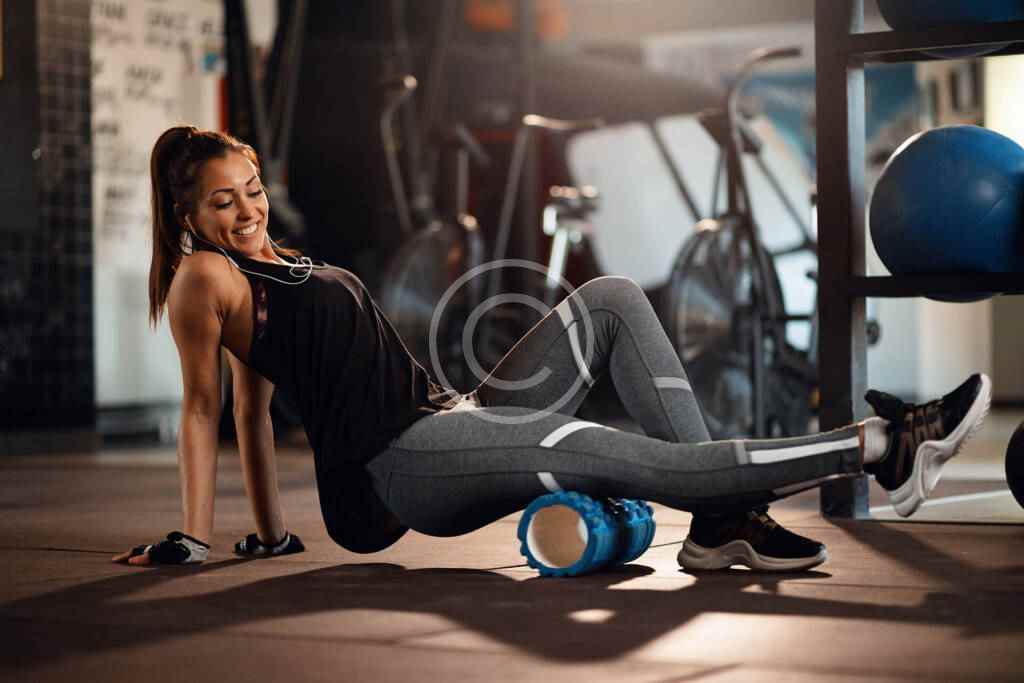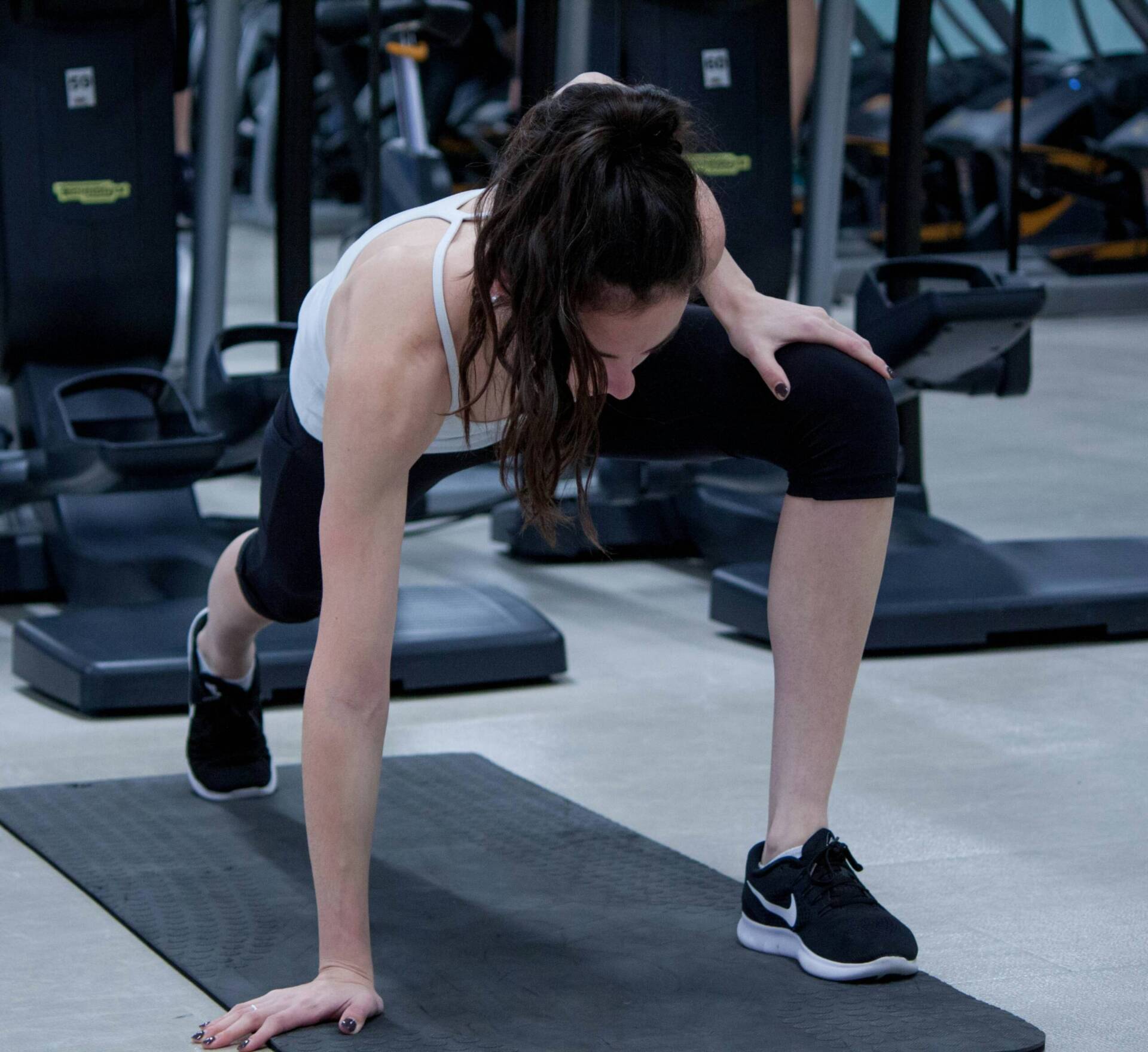Warm-Up Right: Why Preparing Your Body Matters More Than You Think
You’re going to destroy your workout. The music is queued, cleats are laced up, and the gym mat awaits you. But before you get into your lifts, laps, or lunges—hold up. Your body needs one thing first: a proper warm-up.
Too many people skip it. And too many end up stiff, sluggish, or worse—injured.
A warm-up isn’t a ritual. It’s performance enhancement, prevention of injury, and introduction of movement. It can enhance the efficacy of each rep and each session if done properly.

What Is a Warm-Up?
A warm-up is a short duration of low-to-moderate intensity movement executed before exercising to gradually raise your body temperature, heart rate, and circulation. It gets your muscles, joints, and nervous system ready for what’s to come.
Think of it as warming up your car engine in the morning if it’s cold outside—you don’t hit the gas right away. You glide into it. Same idea here.
The Rewards of Warming Up
Still not sold on skipping? Here’s what a good warm-up can do:
1. Pump Up Blood Flow and Muscle Heat
Warm muscles contract better and are less likely to be injured. A warm-up pumps more oxygen and nutrients where they’re needed—so your body will glide more smoothly.
2. Increase Joint Mobility
Warming up lubricates your joints (thank synovial fluid!) and increases range of motion, easing movement and protecting you from injury.
3. Activate the Nervous System
Brain-body communication is refined during a warm-up, increasing coordination, balance, and reaction time—all important in sports or high-intensity training.
4. Get You Ready Mentally for Performance
A warm-up puts you in gear—body and mind—so that you’re alert, focused, and prepared to go all out without distraction or delay.

The 3-Part Warm-Up Formula
A great warm-up is not random stretching—it has to be strategic. Here’s the formula to create it:
1. General Warm-Up (3–5 minutes)
Purpose: Get your core body temperature up and increase your heart rate.
Examples:
Light jogging or brisk walking
Jumping jacks
Jump rope
Stationary cycling
2. Dynamic Stretching & Mobility (5–10 minutes)
Goal: Loosen tight areas and move joints through a full range of motion.
Examples:
Arm circles
Leg swings (front-to-back and side-to-side)
Hip circles or openers
Torso rotations
High knees or butt kicks
Walking lunges
3. Movement Prep / Activation (2–5 minutes)
Goal: Prime the muscles and patterns you’ll use during your workout.
Examples:
Bodyweight squats before leg day
Shoulder rolls or band pull-aparts before upper body work
Glute bridges or monster walks to activate the posterior chain
Light sets of the exercises you’re about to perform (e.g. air squats, push-ups, etc.)
Sample Warm-Up Routine (Total Time: ~10 Minutes)
For a full-body strength workout:
Jump rope or brisk walk – 3 minutes
What Not to Do in a Warm-Up
Static stretching (like hamstring stretches held for 30+ seconds) is better suited for after your exercise or cool-down.
Rushing through the motions—cutting out the warm-up to “save time” usually means bad form or injury.
Doing too much—you shouldn’t be exhausted afterward. It’s preparation, not punishment.
Last Thoughts
The warm-up is where performance enhancement and injury prevention converge. It’s not about getting warm, it’s about moving on purpose. Five to ten minutes of smart movement is the difference between a solid workout and an expensive setback.
The next time you train, don’t skip the warm-up. Make it like the first rep of your workout—and count.
